Technical Insights
Microalgae
Cultivation
Bio-Raw Material Production
Carbon Capture Technology
Technical Insights
Microalgae
Cultivation
Bio-Raw Material Production
Carbon Capture Technology
Where to Use
Thermoforming
Thermoforming is a manufacturing process where a plastic sheet is heated until it becomes pliable, then molded into a specific shape using vacuum, pressure, or mechanical force. Once shaped, the plastic is cooled and hardened to retain its new form. This process is commonly used to create packaging, automotive parts, medical trays, and consumer products. It is popular due to its low tooling costs and flexibility, especially for small to medium production runs. Thermoforming is typically suited for thinner plastic materials. In recent years, it has been adapted for use with biodegradable plastics, including those made from renewable sources like algae-based biocomposites. These sustainable materials offer an eco-friendly alternative to traditional petroleum-based plastics in applications such as food packaging and agricultural films. The process remains efficient while supporting the shift toward more sustainable production practices.
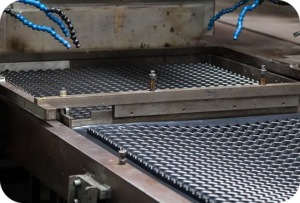
Sheet Extrusion
Sheet Extrusion is a process in the plastic industry where raw plastic pellets are melted and pushed through a flat die to form continuous plastic sheets. These sheets are then cooled and flattened by passing through rollers, with their thickness and surface finish carefully controlled. The edges are trimmed, and the sheet is either cut to length or wound into rolls for further use. This method is widely used to produce materials for packaging, automotive parts, building materials, and agricultural films. It allows for high-volume production with consistent quality. Recently, sheet extrusion has also been adapted for biodegradable plastics, providing an eco-friendly alternative to traditional materials. This makes it suitable for applications that require both performance and sustainability, such as food packaging, stretch, seedbed, and mulch films.
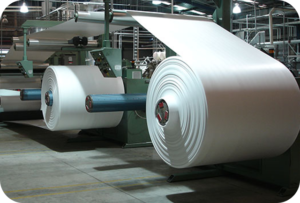
Injection Molding
Injection Molding is a manufacturing process in the plastic industry where molten plastic is injected into a mold to create detailed and complex parts. Thermoplastic pellets are heated in a barrel until they melt, and then a screw injects the liquid plastic into a mold cavity, which defines the part’s shape. After the plastic cools and solidifies, the mold opens, and the finished part is ejected. This process is commonly used for mass production of items like automotive parts, consumer products, medical devices, and packaging. Injection molding is highly efficient for large-scale manufacturing, offering precise control and repeatability. However, the molds are expensive, making it ideal for high-volume production. Recently, biodegradable plastics like PLA, PHA, PHB, PBAT, PBS, and PBST have been introduced into the process, offering a more sustainable alternative.
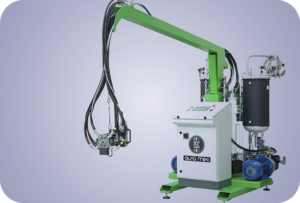
Compression Molding
Compression Molding is a plastic manufacturing process where preheated plastic material is placed into a heated mold and compressed to take the desired shape. The mold is then closed, and the material is pressed under high pressure, allowing it to fill the cavity. Heat and pressure help to cure or harden the material, especially when working with thermosetting plastics like epoxy or phenolic. Once the part cools and solidifies, it is removed from the mold and trimmed for any excess material. This method is commonly used for making durable parts like automotive components, electrical housings, and household goods. Compression molding is known for producing strong, high-quality parts, especially for larger or thicker products. It is slower than other molding processes but is ideal for parts that require excellent strength and durability. Recently, it has also been adapted for some biodegradable materials, providing an eco-friendly option.
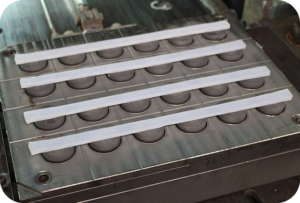
Blown Film
Blown Film method is a common process in the plastic industry used to produce thin plastic films, like those found in plastic bags, shrink wrap, and agricultural covers. In this process, molten plastic is extruded through a circular die to form a tube, which is then inflated into a bubble. The size and thickness of the film are controlled by the amount of air blown into the bubble. As the bubble rises, it cools and hardens, then is collapsed into flat film by rollers. This film is wound onto rolls and can be cut or trimmed as needed. Blown film extrusion is efficient and cost-effective, allowing for high-volume production of films with varying thicknesses and properties. It’s widely used in packaging and agriculture and can be adapted to produce multi-layer films. Recently, biodegradable materials are being used in blown film extrusion to create more sustainable packaging solutions.
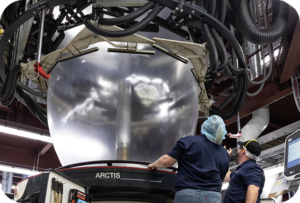
Sheet Foaming
Sheet foaming is a plastic manufacturing process used to produce lightweight, cellular plastic sheets by incorporating a foaming agent into molten plastic. Sheet foaming is a plastic manufacturing process used to produce lightweight, cellular plastic sheets by incorporating a foaming agent into molten plastic. The plastic, often polyethylene (PE) or polystyrene (PS), is mixed with a foaming agent and extruded through a flat die, creating a sheet filled with tiny air bubbles. This results in a material that is lighter, has better insulation, and provides cushioning properties. After cooling, the foamed sheet is trimmed and wound onto rolls for further use. Sheet foaming is commonly used in packaging, construction insulation, automotive parts, and disposable items like plates and trays. The process is cost-effective, as it reduces material usage while maintaining strength. Biodegradable alternatives foam are increasingly used, offering eco-friendly solutions for disposable products and packaging.
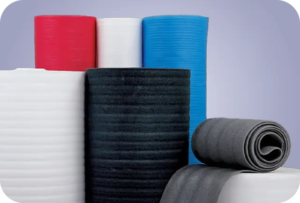
Die Cutting
Die cutting is a process in the plastic industry used to cut plastic sheets or films into precise shapes using a sharp, metal tool called a die. The plastic material is fed into a machine where the die is pressed onto it, cutting out the desired shapes with high accuracy. This method is often used for mass production of items like packaging inserts, labels, gaskets, and other flat components. It is known for its precision, speed, and ability to handle various bioplastic materiasl. Die cutting is cost-effective for large production runs and minimizes material waste by producing consistent and repeatable parts. It’s a versatile technique, widely used in packaging, medical devices, and electronics manufacturing.
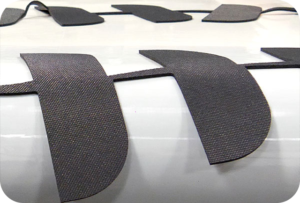
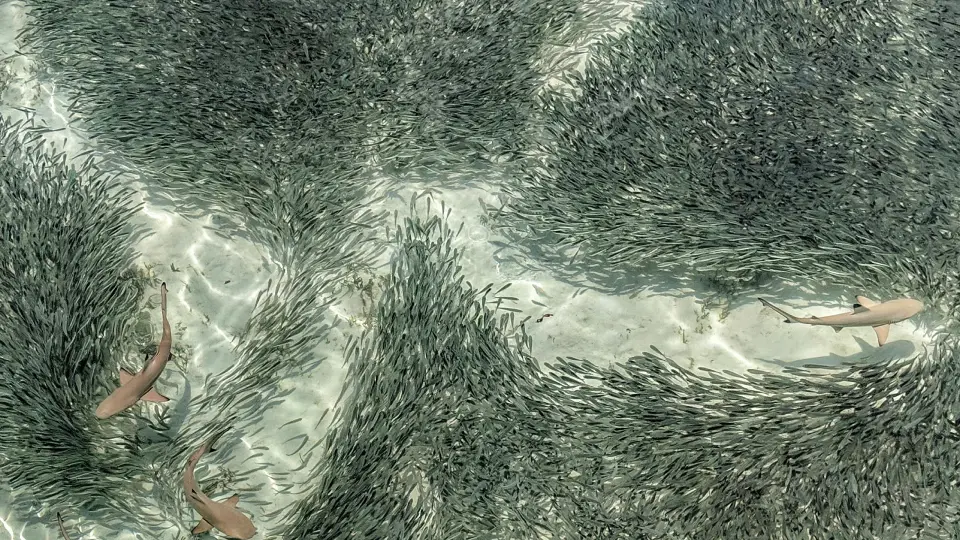
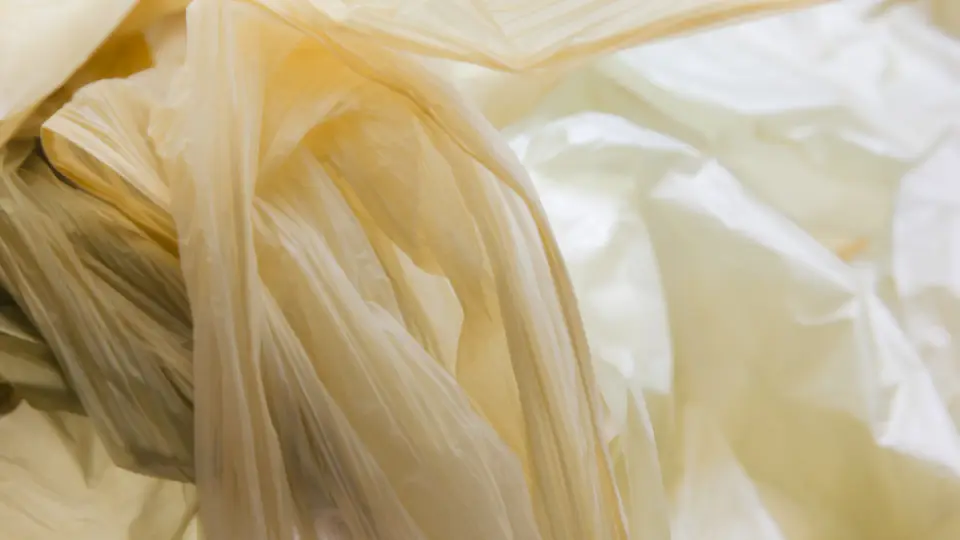
Products &
Solutions
Designed to fit your product specifications with eco-friendly materials
